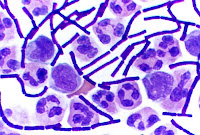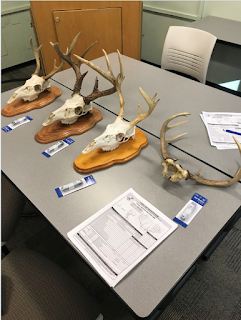wow.
Going to the NAAE conference was an amazing experience. There were so many connections that I was able to make while I was there. Whether it was through a conversation with someone or listening to a presenter at a workshop. I always knew that Ag Ed was a big family, but during this conference that concept really hit home. Everyone that I made connections with that was already in the field of teaching were all so happy to share advice with me.
 The workshops that I attended were very useful. they were loaded with information on how being an effective teacher. These are things like how to give instructions effectively and how to show empathy and use inclusive language when addressing your students in class.
The workshops that I attended were very useful. they were loaded with information on how being an effective teacher. These are things like how to give instructions effectively and how to show empathy and use inclusive language when addressing your students in class.
Some of the resources I was able to obtain at the conference were really useful. This included textbooks and it also included ideas. My favorite idea that came out of the conference was a lab based workshop that was for urine testing in animals. They had big cut outs of the the dogs they were using and they were laminated, so that the students could write their results on the dog. They then proceeded to do a gallery walk so the students could see the other data that was collected by the different groups.
I really enjoyed the FAST program and I think it was really beneficial to talk with other pre-service teachers. I think FAST did a really good job with choosing what information would be beneficial for us to know. My favorite development activity was the conversation stack. It was helpful because it curbs that awkwardness of when you meet someone new.
It goes:
whats your name?
Where are you from?
Tell me about your family
Do you have a job?
Have you traveled?
what are your hobbies?
Do you have any goals?
These questions can help you stem off into conversations and really help you build relationships.
Not only did this conference help me network and gain resources, it also helped us grow closer together as a cohort.
Good times,useful resources, good food, great people

Some of the resources I was able to obtain at the conference were really useful. This included textbooks and it also included ideas. My favorite idea that came out of the conference was a lab based workshop that was for urine testing in animals. They had big cut outs of the the dogs they were using and they were laminated, so that the students could write their results on the dog. They then proceeded to do a gallery walk so the students could see the other data that was collected by the different groups.
I really enjoyed the FAST program and I think it was really beneficial to talk with other pre-service teachers. I think FAST did a really good job with choosing what information would be beneficial for us to know. My favorite development activity was the conversation stack. It was helpful because it curbs that awkwardness of when you meet someone new.
It goes:
whats your name?
Where are you from?
Tell me about your family
Do you have a job?
Have you traveled?
what are your hobbies?
Do you have any goals?
These questions can help you stem off into conversations and really help you build relationships.
Not only did this conference help me network and gain resources, it also helped us grow closer together as a cohort.
Good times,useful resources, good food, great people




